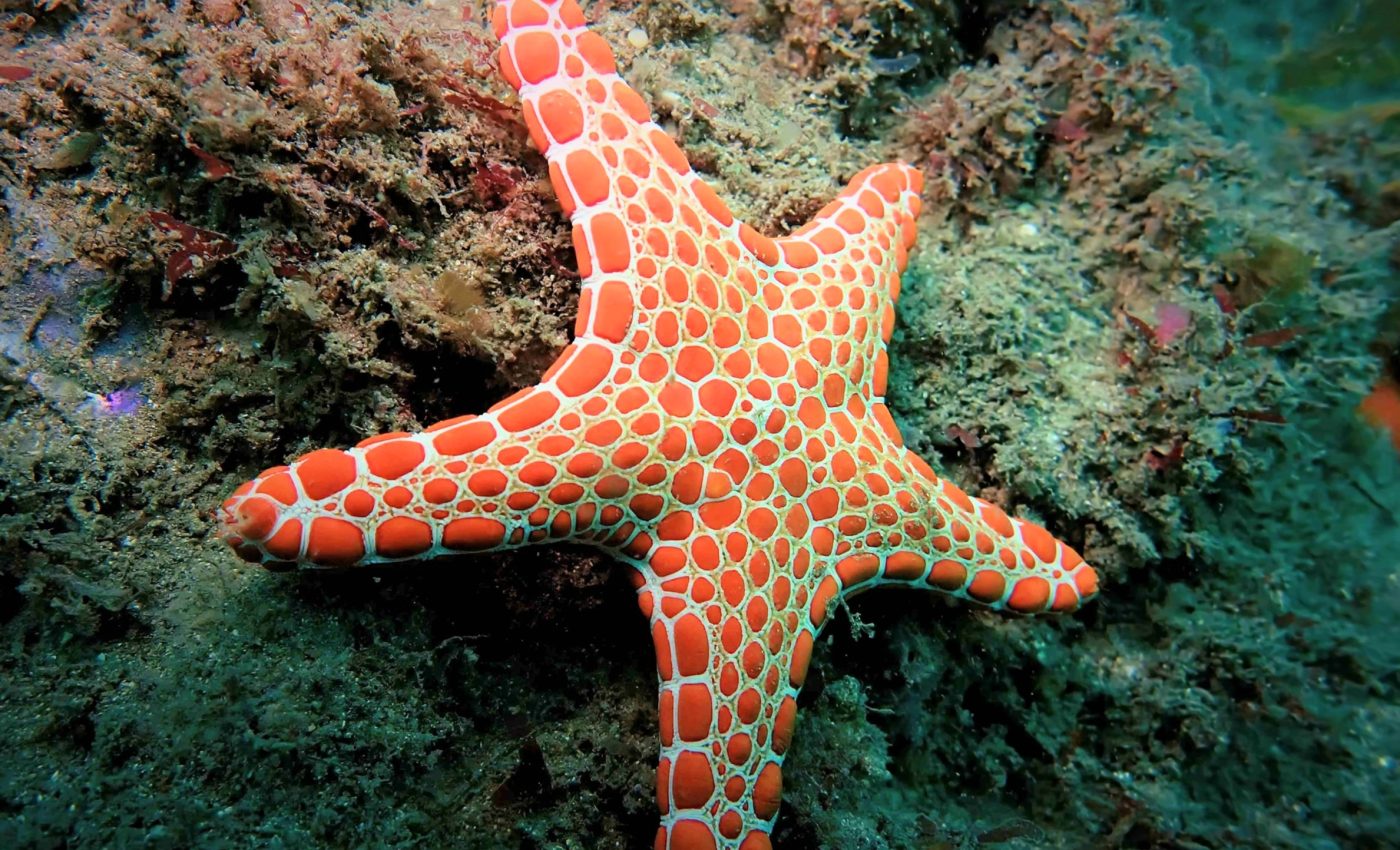
Starfish break off their arms to evade danger and regenerate them later
A new study from Queen Mary University reframes our understanding of survival in the animal kingdom. The focus is on the starfish, Asterias rubens, a common European sea dweller known for regenerating limbs.
The pattern of survival often involves running, hiding or even fighting, but for some creatures, like the starfish, it skews towards a more baffling direction – they ditch parts of their bodies to cheat death.
This bewildering survival strategy, appropriately termed autotomy, has fascinated scientists for centuries. Popularly recognized in lizards that drop their tails to escape predators, the internal workings of this process have been ensnared in a shroud of mystery.
Well, the curtain is being lifted, slowly but surely. The diligent researchers at Queen Mary University have made a discovery that sheds light on the starfish’s peculiar self-amputation secret.
Starfish regenerating capabilities
The plot thickened when the scientists found a neurohormone playing the puppeteer’s role in the starfish‘s arm-dropping performance.
The neurohormone closely resembles the human satiety hormone, cholecystokinin (CCK). When faced with threats, like a lurking predator, this neurohormone activates a critical response, triggering an emergency detachment mechanism.
The primary function of the hormone is to stimulate contraction in a specialized muscle located at the base of the starfish’s arm. This contraction leads to a remarkable ability: the arm snaps off, allowing the starfish to escape danger.
Evolutionary advantage of starfish regeneration
This process not only showcases the unique survival tactics of starfish but also highlights the fascinating similarities between neurohormones across species. The ability to shed a limb in response to threats is an evolutionary advantage, ensuring the starfish’s survival in the face of predation.
Overall, the interaction between this neurohormone and the starfish’s muscular system exemplifies the intricate biological adaptations that enable these creatures to thrive in their environments. Understanding these mechanisms can provide insights into broader biological principles.
Regeneration: An encore starfish performance
The marvel doesn’t just stop at the magic act of the disappearing arm. These starfish, ever the show-stoppers, have another trick up their sleeve – or rather where their sleeve used to be.
They can grow back their lost limbs over time. As enchanting as this spectacle is, the underlying mechanisms that make it possible hold tremendous implications on the larger canvas of regenerative medicine and limb injury treatments.
“Our findings shed light on the complex interplay of neurohormones and tissues involved in starfish autotomy. While we’ve identified a key player, it’s likely that other factors contribute to this extraordinary ability,” said study co-author Dr. Ana Tinoco.
Ecological implications of autotomy
The implications of the ability to regenerate extend beyond the individual starfish, weaving into the larger tapestry of marine ecosystems. This remarkable ability can affect population dynamics, predator-prey relationships, and even the health of marine environments.
For instance, by allowing starfish to evade predators, autotomy may enhance their survival rates, contributing to stable population numbers.
Furthermore, understanding the factors that govern this ability can inform conservation strategies aimed at protecting marine biodiversity, particularly as climate change continues to exert pressure on coastal ecosystems.
Future directions in research
As researchers continue to investigate starfish autotomy, several intriguing questions linger, paving the way for future exploration.
What other neurohormonal pathways are involved in this process, and how do various species of starfish adapt their regenerative strategies to specific environments?
Additionally, by drawing parallels between starfish and other organisms with regenerative capabilities, such as salamanders and certain types of flatworms, scientists hope to unlock new avenues in regenerative medicine.
Investigating these questions could yield valuable insights not only for biology but also for advancing medical treatments for limb regeneration in humans, highlighting the interconnectedness of life across species.
Learning how starfish regenerate
The study was led by Professor Maurice Elphick, an expert in the realm of animal physiology and neuroscience at Queen Mary University of London.
Reflecting on the implications of the research, Professor Elphick emphasized its wider significance.
“This research not only unveils a fascinating aspect of starfish biology but also opens doors for exploring the regenerative potential of other animals, including humans. By deciphering the secrets of starfish self-amputation, we hope to advance our understanding of tissue regeneration and develop innovative therapies for limb injuries,” said Elphick.
The study is published in the journal Current Biology.
—–
Like what you read? Subscribe to our newsletter for engaging articles, exclusive content, and the latest updates.
Check us out on EarthSnap, a free app brought to you by Eric Ralls and Earth.com.
—–













